#Prunus Avium
Explore tagged Tumblr posts
Text

{{VENDU}}
ᖘɌꚶᙁꚶꕷ ᕔᕓĬꚶᙏ ĬĬ
HERBARIUM : Merisier (Prunus Avium)
LIEU DE CUEILLETTE : mon jardin
#the crypt and the incubus#witch jewelry#electroformed jewelry#botanical jewelry#pendentif#prunus avium#merisier
1 note
·
View note
Text


Wild cherry blossoms
#cherry#blossoms#prunus#avium#photography#flowers#wildflowers#flore#floral#a game of tones#white and blue#i have this thing with flowers#i have this thing with trees#original photographers#photographers on tumblr#lensblr#original photography#pws#nature#artists on tumblr
46 notes
·
View notes
Text

Cereza
Imagen: rawpixel
3 notes
·
View notes
Text
Idk where those authors are from, but might be a language thing? Here we have different words for the sweet and sour cherries, and the english "cherry" is always prunus avium, which is the sweet one:)
Everyone who talks about cherries in published occult books is always talking about sweet ones. Where's the love for sour cherries?
27 notes
·
View notes
Text
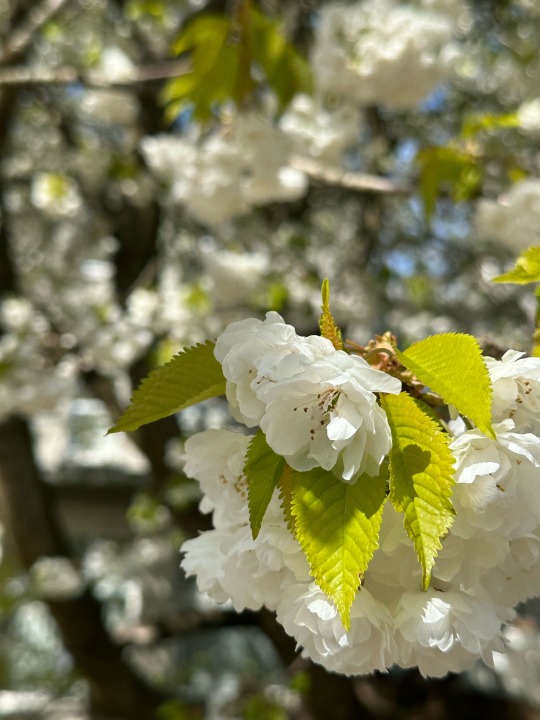
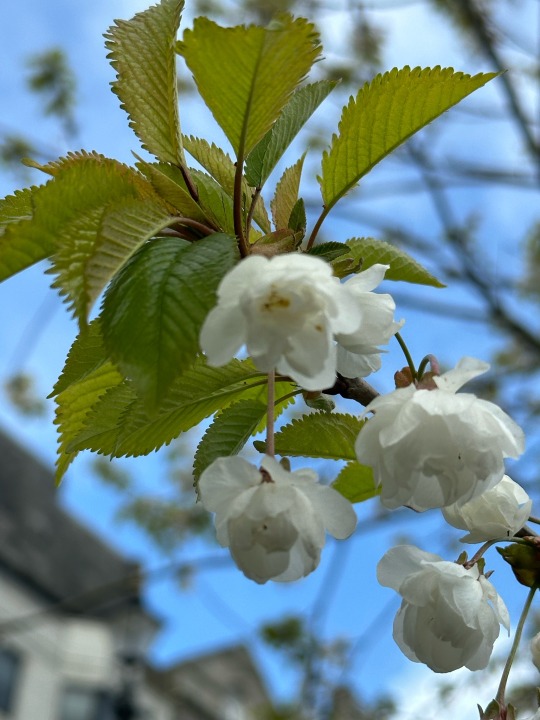
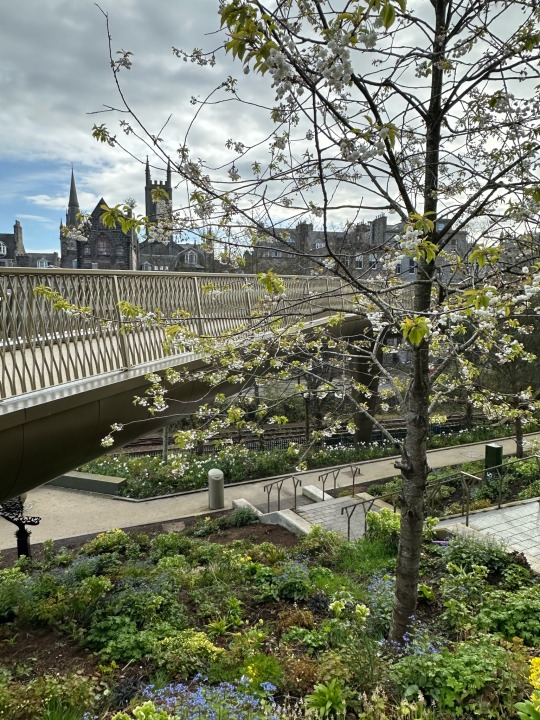
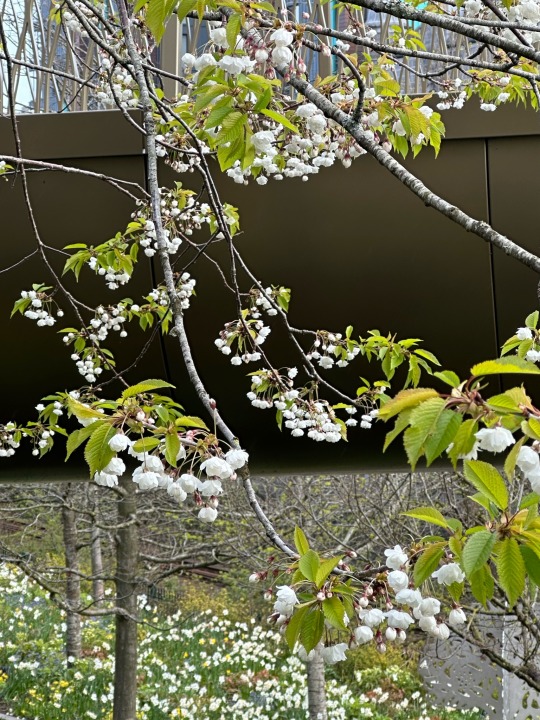
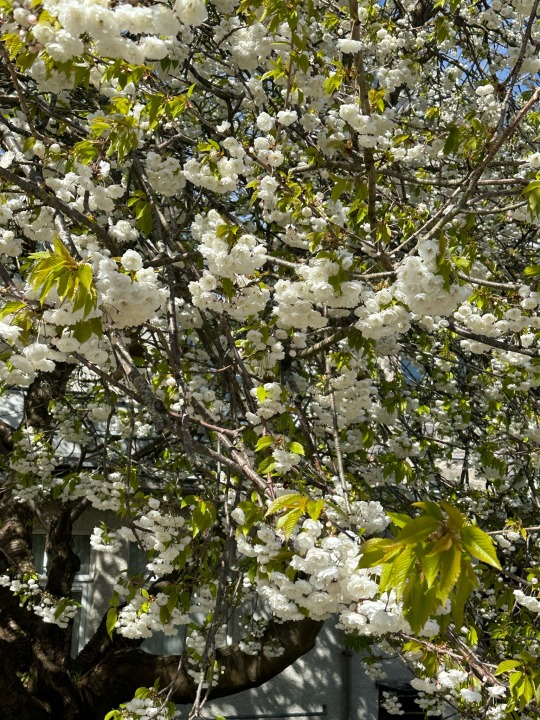
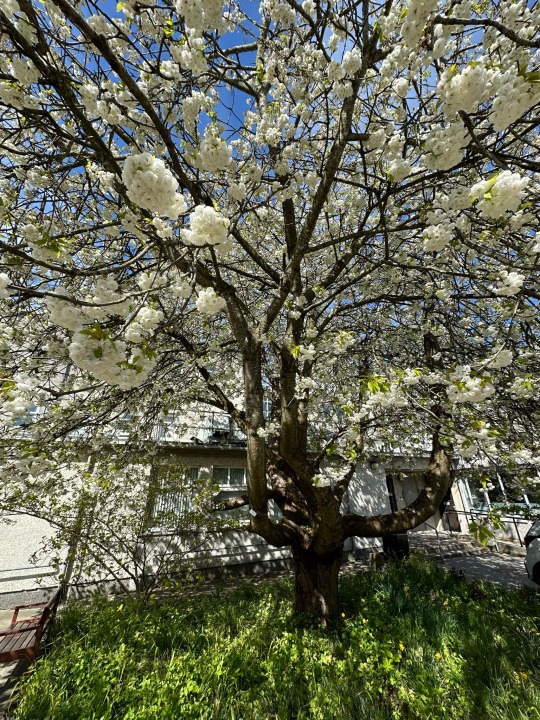

Plant of the Day
Saturday 11 May 2024
In Aberdeen, Scotland, the parks were full of Prunus avium 'Plena' (double gean, double wild cherry) in full flower. This double flowering form of the wild cherry forms a spreading, deciduous tree.
Jill Raggett
#prunus#double gean#double wild cherry#tree#white flowers#flowering tree#deciduous#plants#horticulture#gardens#garden#park#aberdeen
95 notes
·
View notes
Text

Title: Wild Cherry, Prunus avium
Artist: Jacques Le Moyne de Morgues
Date: 1533 - 1588
#art#art history#artwork#painting#history#museums#culture#vintage#curators#classicalcanvas#jacques le moyne de morgues
67 notes
·
View notes
Text
Árboles mediterráneos o de regiones próximas
- Abies alba ( Centro y Sur de de Europa )
- Abies cephalonica ( Sur de Grecia )
- Abies nordmanniana ( Grecia, Cáucaso, Asia Menor )
- Abies pinsapo ( Sierras de Cádiz y Málaga )
- Acer campestre ( Europa, Asia Occidental, Norte de África )
- Acer monspessulanum ( Sur de Europa, Norte de África )
- Aesculus hippocastanum ( Norte de Grecia y Albania )
- Alnus cordata ( Sur de Italia, Córcega e Ischia )
- Alnus glutinosa ( Gran parte de Europa, Asia y Noroeste África )
- Alnus incana ( Europa, llegando hasta el Cáucaso )
- Betula pendula ( Casi toda Europa, Este Asia y Norte de África )
- Carpinus betulus ( Europa y Sureste Asia )
- Castanea sativa ( Parece que su área puede ser en Balcanes, Asia Menor y Cáucaso )
- Cedrus atlantica ( Montañas Norte de África: Marruecos y Argelia )
- Cedrus brevifolia ( Montañas de Chipre )
- Cedrus libani ( Líbano, Siria yTurquía )
- Celtis australis ( Paises del ámbito mediterráneo )
- Ceratonia siliqua ( Difícil origen, parece que en Arabia y Siria )
- Cercis siliquastrum ( Mediterráneo Oriental )
- Crataegus laevigata ( Europa, Norte de África, Oeste de Asia )
- Crataegus monogyna ( Europa, Asia y Norte de África )
- Cupressus sempervirens ( Se supone nativo del Mediterráneo Oriental: Irán, Chipre, Siria )
- Eleagnus angustifolia ( Oeste de Asia y naturalizado en el Sur Europa )
- Fagus sylvatica ( Área extensa del Centro y Oeste de Europa desde Penín. Ibérica a Polonia )
- Ficus carica ( Este del Mediterráneo, hasta el Oeste de Asia )
- Fraxinus angustifolia ( Mediterráneo Occidental y Norte de África )
- Fraxinus excelsior ( Toda Europa y llega a Asia Menor )
- Fraxinus ornus ( Sur de Europa y Asia Menor )
- Juglans regia ( Al parecer procede del Sureste Europa y Oeste Asia )
- Laburnum anagyroides ( Centro y Sur de Europa )
- Olea europaea ( Mediterráneo Oriental y Asia Menor, probablemente )
- Ostrya carpinifolia ( Sureste Europa, hasta el Cáucaso y Asia Menor )
- Phoenix canariensis ( Islas Canarias )
- Phoenix dactylifera ( Norte de África y Oeste Asia )
- Phoenix theophrasti ( Creta y en algunas zonas de Turquía )
- Pinus halepensis ( Región Mediterránea )
- Pinus nigra ( Área muy extensa Europa llegando Turquía )
- Pinus pinaster ( Paises del Mediterráneo Occidental y costas atlánticas Francia y Portugal )
- Pinus pinea ( Región Mediterránea )
- Pinus sylvestris ( Área muy extensa por Europa y Asia )
- Platanus orientalis ( Sureste Europa y próximo Oriente )
- Populus alba ( Europa, Oeste de Asia y Norte de África )
- Populus nigra ( Casi toda Europa y Suroeste de Asia )
- Populus tremula ( Amplia Europa, Norte de África, Norte de Asia )
- Prunus avium ( Casi toda Europa, Asia Menor y Norte de África )
- Prunus domestica ( Europa y Oeste de Asia )
- Prunus dulcis ( Oeste de Asia, asilvestrado en Cáucaso y Grecia )
- Prunus laurocerasus ( Europa, Este de Persia )
- Prunus lusitanica ( Península Ibérica )
- Quercus canariensis ( Mediterráneo Occidental, Sur de Portugal, Suroeste y Noroeste España y Norte de África )
- Quercus coccifera ( Región Mediterránea )
- Quercus faginea ( Península Ibérica y Norte de África )
- Quercus ilex ( Región Mediterránea )
- Quercus robur ( Casi toda Europa )
- Quercus suber ( Mediterráneo Occidental )
- Salix alba ( Casi toda Europa, Norte de África y Norte y Centro de Asia )
- Salix pedicellata ( Ámbito Mediterráneo )
- Taxus baccata ( Casi toda Europa, Área Mediterráneo y Asia Menor )
- Tetraclinis articulata ( Norte de África y Malta. En Cartagena y Murcia hay una pequeña población autóctona )
- Ulmus glabra (oriunda de casi toda Europa y parte de Asia )
- Ulmus minor ( nativa Europa, Norte de África y Sureste Asia )
- Ziziphus jujuba ( nativa del Sureste Europa hasta China )
#dua lipa#árbol mediterráneo 🔥🦋🔥#positivity#music#streaming#bb#art#education#elquecortaelhielo#books & libraries
2 notes
·
View notes
Text
RIDGEWOOD
What Aloy calls Ridgewood seems to be something different than what we Old Ones call by that name. I'm not sure if it's a real plant, but I'd love to hear hypotheses on what it might be.
In our time, ridgewood is a wild cherry tree.
FACT CHECK
Prunus Avium
Prunus can be deciduous or evergreen trees or shrubs with showy flowers in spring, and often good autumn foliage colour. Some have edible fruit in autumn, and a few species have ornamental bark
RHS.org.uk
It's also the name of a neighborhood in Queens, New York.
2 notes
·
View notes
Text
Common plant life of the Under (select examples):
Bristlewood
Thin, sharp stalks that grow in dense patches. Ranging 1-2 meters in height, oftentimes bristlewood will block entire passages with structures akin to baleen. It's rigid and at the same time flexible enough not to snap easily, so quite a nuisance to get through - but just below the base it is easy enough to break off.
Hollow horns
Dry strips of bark curled in the shape of branches, hollow on the inside. Grows in quick bursts (up to 20 cm in an hour) when the flesh fills up the hollows and pulses through the cracks. Easy to harvest firewood, though it smells like burning hair - but, to be fair, all Under "trees" are like that. You can always boil the bark and eat the resulting "stock". Or, alternatively, if you wait for the growth spurt and chop off a branch before the flesh retreats, you might get a piece of soft, chewy meat.
Bark carpet
Grows on the floor, walls and ceilings alike. Rough and scraggly, it's very hard to get it off the surface it's attached to. The thick bark might make decently nutritious stock, but getting it will likely require at least a wedge and a good lever. And, as with other trees, the dense network of sarcolaries constricts once damaged, so prying off the next chunks might be even harder. Many consider bark carpets to be better footholds than sources of food purely because of how much time (and dangerous noise) it takes to harvest even a little.
Flesh Roses
A tree that blooms exposed living meat. Thick deep-red "petals" held together by strands of fat and folded onto one another in a ball slightly larger than a fist. As soon as the translucent membrane covering unripe fruit recedes, the odor is quite potent - be aware that not only you will be drawn to it.
Lantern roots
Exclusive to the Upper Reaches, they burrow through the rock from above. Thick enough to at times be larger than a tree, and dense enough to at times create entire forests. The black tar within is highly combustible. The ground down lantern roots make for a very good fuel, comparable in quality to graveoil, and "branches" on their own are as good a timber as one could possibly get.
Bladder vine
Characterized mainly by the large (up to 30-50 cm in diameter) translucent sacks of dark liquid that grow either on dry stalks descending from the ceiling, or exceedingly thin, sparse vines on the walls. Despite looking rather fragile, the membrane is actually quite thick. The "nectar" of the bladder vine can be used for sustenance. The bigger the blob, the more watery is its content, with tiny unripe ones being utterly indigestible and oily enough to use as fuel after boiling off a little moisture, and the bigger ones having a texture like that of milk.
Prunus Avium
Cherry trees adapted to the conditions at the Farms. As long as the sunlamps and water pumps remain powered, they fare well even in the more run-down facilities. Each Farm is a tiny dense jungle of branches and bushes tangled around rocks and metal, fighting for the light of their shared little sun.
Web roots
Pale and thin webs of tiny roots. Erode the rock at an unpredictable pace, sometimes obstruct the resulting cavities, and are of no further note. Sometimes form tentatively edible (when boiled) buds, which might be worth looking for if you see gravel or patches of rough sand.
...
Fungi and lichens, microbial superstructures and wormlife of the Under are not mentioned, because although similar in a few practical aspects, they are distinct and varied enough to warrant their own categories each.
4 notes
·
View notes
Note
Creo q el nombre no explica el nombre de cereza y q ES UNA CEREZA!!!!
Cereza es:
Cereza y guinda son los nombres del fruto de varios árboles del género Prunus, aunque comercialmente se aproveche un número limitado de especies. Al árbol se le conoce como cerezo o guindo. Si bien todos los cerezos son del género Prunus, a este género también pertenecen especies que no lo son, y destacan por producir frutos de mayor tamaño, como son el ciruelo, el almendro, el albaricoquero o damasco y el melocotonero o duraznero.
La cereza es una fruta diversa en vitaminas y minerales
En España se distingue como guinda al fruto de Prunus cerasus y como cereza al de Prunus avium, siendo en América más común la denominación cereza ácida, para el primero y cereza dulce, para el segundo.
18 notes
·
View notes
Note
so what does casiavium mean??? (are you also allergic to it... I'm joking)
It's an elision (omission of a sound or syllable when speaking, especially a vowel, common in metered poetry, like Latin) of casia and avium, two Latin words that sound cool lol. Casia translates to cinnamon, but on Google translate it mistranslates it as lavender (or just purple), probably because casia is more literally a fragrant, shrub-like plant. Avium means wild (could also be genitive of avis, bird, but that doesn't really make sense and wouldn't agree grammatically with casia if it did) BUT avium is also in the scientific name for sweet cherries/wild cherries (prunus avium)
So I am still allergic to it
#I had to change it because I accidentally sent my mom a screenshot of a discord conversation with my gf that had my username in it#and she commented on the username (haha funny you're allergic to those)#and then said something about like. be careful what you put on the internet don't put anything on the internet you wouldn't say in front#of the church etc (there's more to this story but it's. kinda personal and I'm still shaken about it so I won't go into it) and I went. hmmm#I should change my name she now knows is me#you can still call me cherry btw#ask#just-another-tokyo-ghoul-fan
3 notes
·
View notes
Text


ᖘɌꚶᙁꚶꕷ ᕔᕓĬꚶᙏ έψιλον
HERBARIUM : Merisier (Prunus Avium)
LIEU DE CUEILLETTE : mon jardin
#the crypt and the incubus#witch jewelry#electroformed jewelry#botanical jewelry#pendentif#prunus avium#merisier
1 note
·
View note
Text

Cherries (Prunus Avium) (1910) by Amanda Almira Newton. Original from U.S. Department of Agriculture Pomological Watercolor Collection. Rare and Special Collections, National Agricultural Library
2 notes
·
View notes
Text
Wild cherry (Prunus avium) photo I took this evening

#nature#nature photography#wildflower photography#wildflora#wildflowers#wildflower#flower photography#flora#floral#flower#flowers#flowerphotography#plant#plant photography#plantlover#plantblr#plants#botanical#botany#cherry#cherries#wild cherry#wild cherries
15 notes
·
View notes
Photo
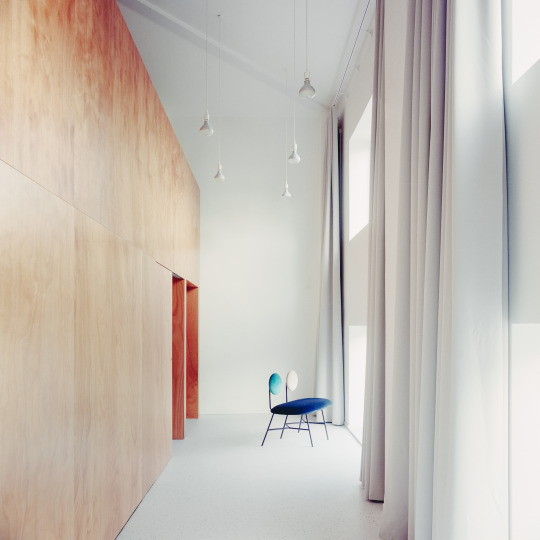
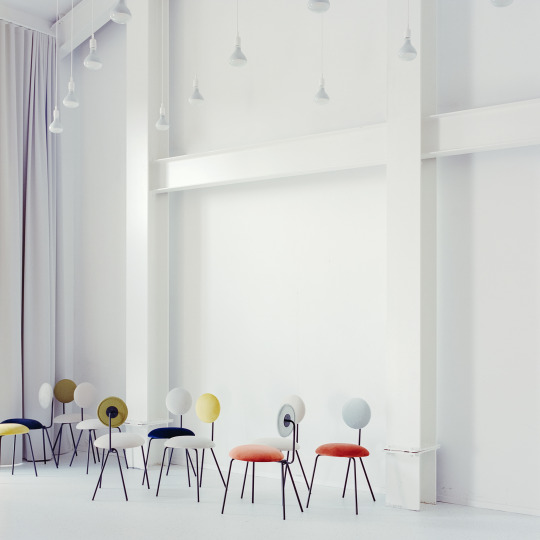


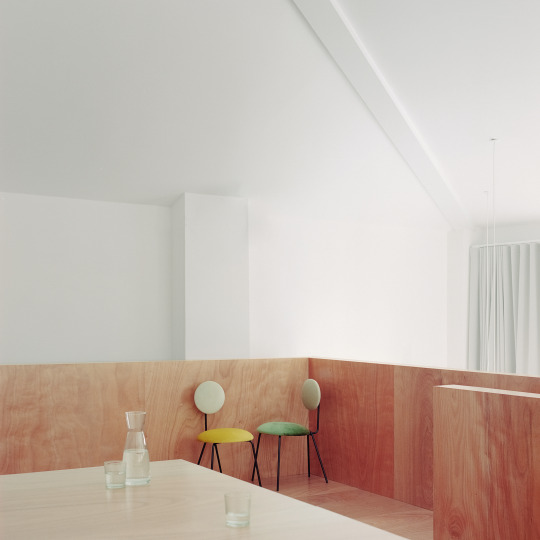

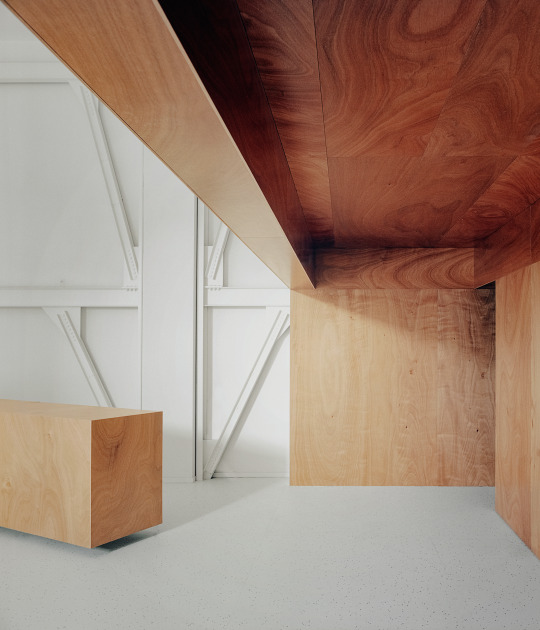
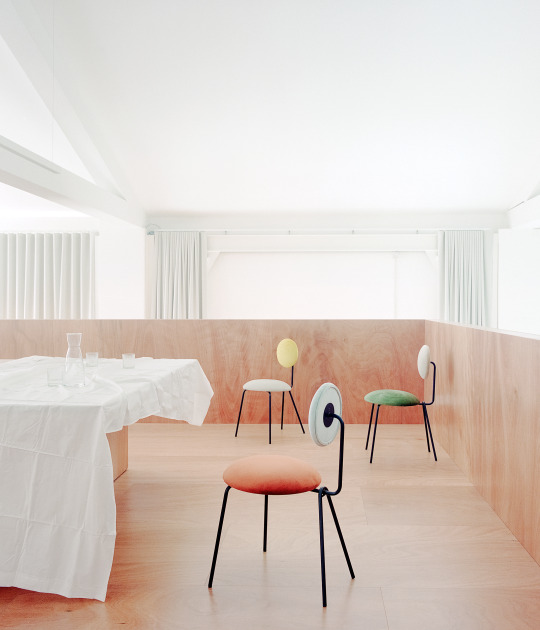
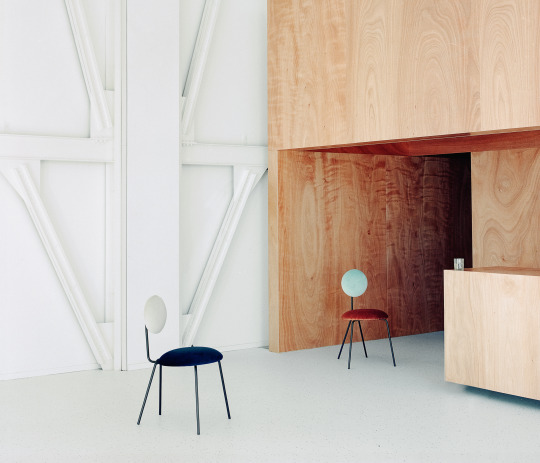
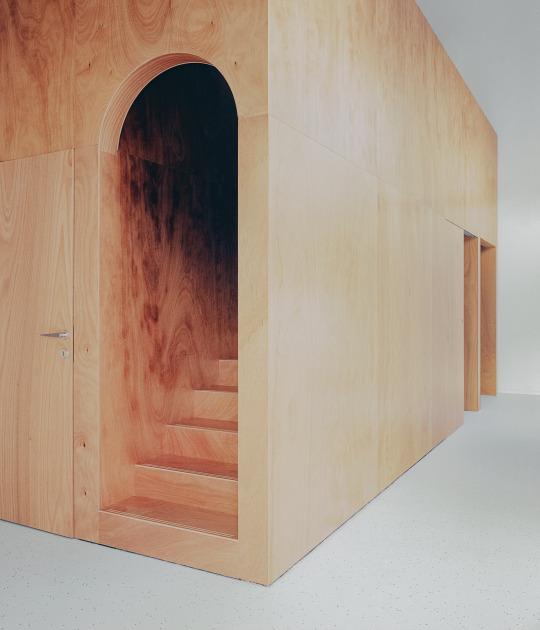
CESARIN SHOWCOOKING
Uno spazio teatrale per lo showcooking in legno all’interno di una fabbrica produttiva di frutta candita. Ci troviamo all’interno di una fabbrica che produce frutta candita, da più di cent’anni, nella Valdalpone, area agricola tra Verona e Vicenza famosa per le piantagioni di Prunus Avium, gli alberi di ciliegie. L’intervento è al primo piano di una palazzina produttiva con tetto a falda, un’altezza interna di circa cinque metri e doppie finestre sul perimetro. L’esigenza era quella di realizzare uno spazio showcooking dove poter girare video dimostrativi per l’impiego dei loro prodotti di pasticceria, una cucina con i relativi servizi e una nuova sala riunioni. Data l’altezza dello spazio interno, la strategia è stata quella di inserire un nuovo volume in legno a doppia altezza che si distaccasse dall’interno esistente industriale e che potesse ospitare tutte le funzioni richieste. L'eredità industriale è visibile nelle putrelle a vista sulle pareti perimetrali, che, verniciate come le pareti, sono come una tela bianca che mette in risalto le linee del progetto. Il volume in legno mette in evidenza l'altezza del soffitto, definendo con giochi di pieni e di vuoti il ritmo degli spazi e creando visuali interne inedite. Il nuovo volume è stato progettato come un grande mobile, ispirato al quadro di Antonello da Messina “San Girolamo nello studio”, vera e propria ossessione, in cui un uomo rinascimentale lavora all’interno di un mobile abitabile. Dipinto noto anche per l’uso impeccabile della prospettiva, restituendo l’immagine di uno spazio vissuto ma insieme utopico e rigoroso. L’altro richiamo è al teatro dovendo realizzare un’area scenica non immediatamente visibile entrando. Per enfatizzare l’aspetto teatrale dello spazio sono state utilizzate, per oscurare le numerose finestre, tende chiare ondulate, che ricordano il sipario. Il volume è stato progettato come una vera e propria casa in legno, con struttura a balloon frame con pilastri e travi in abete, rivestiti in legno di Okumè, che ricorda nel colore il legno del ciliegio; infatti, il prodotto di punta dell’azienda sono le ciliegie. La tecnologia di costruzione è stata scelta per la leggerezza e per facilitare il trasporto e il montaggio. Gli interni del nuovo volume sono stati progettati per contenere tutte le funzioni richieste: a piano terra vicino all’ingresso una piccola area caffè, una seduta e una zona guardaroba, poi proseguendo lungo il corridoio una scala porta al piano soppalco, dietro una porta a filo muro ci sono i bagni dei clienti e proseguendo si apre la sala principale dove si trova il bancone, la cucina con il magazzino e il bagno del personale. Al piano soppalco una sala riunioni con un grande tavolo centrale. La struttura in legno è stata realizzata da una carpenteria dell’Alto Adige. Con cui è stato fatto un lavoro molto interessante sulla prefabbricazione degli elementi strutturali, che ha consentito oltre a velocità e precisione, una qualità altrimenti impossibile. Brand ARREDI E RIVESTIMENTO – Furniture and wood - Rabatto S.r.l. STRUTTURA LEGNO – Wood structure Idealhouse SRL – GMBH / Ainhauser GMBH TENDE – Curtains B&B Group srl PAVIMENTI E RIVESTIMENTI - Flooring Forbo S.r.l. INSTALLAZIONE RIVESTIMENTI DA – Flooring Biraschi S.r.l. IMPIANTO ELETTRICO – Electrical and light Flli Bari S.r.l. IMPIANTO IDRAULICO – HVAC Termoidraulica Valdalpone S.r.l. Luci / Lights Rossini Group S.r.l. https://rossinigroup.it/serie/hole/ Creative Cable https://www.creative-cables.it/sospensioni-con-paralume/19544-lampada-a-sospensione-made-in-italy-completa-di-lampadina-cavo-tessile-paralume-tub-e14-e-finiture-in-metallo.html Sedute / Seating Bd15 chairs – Equilibri Furniture ( design co.arch studio) https://www.equilibri-furniture.com/prodotti/bd15/ PROGETTO DEFINITIVO ESECUTIVO E DIREZIONE LAVORI A project by co.arch studio ARCHITECTURE Principal architects Andrea Pezzoli and Giulia Urciuoli team Matteo Torti, Deniz Agaoglu http://coarchstudio.it https://www.instagram.com/co.arch.studio/ ENGENEERING Ing Emanuele Fornalè https://studiofornale.it/ Photos by SIMONE BOSSI https://www.simonebossi.it/photographer/ https://www.instagram.com/simonebossiphotographer/ RASSEGNA STAMPA https://www.archdaily.com/997399/cesarin-showcooking-crch-studio https://divisare.com/journals/940 https://decor.design/it/cesarin-showcooking-studio-co-arch/ https://divisare.com/projects/475901-co-arch-simone-bossi-cesarin-showcooking https://homeadore.com/2023/04/21/cesarin-showcooking-industrial-design-meets-wooden-elegance/ https://www.gooood.cn/cesarin-showcooking-by-co-arch-studio.htm https://www.archiportale.com/news/2023/04/case-interni/uno-spazio-teatrale-per-il-cesarin-showcooking_93424_53.html https://wooooooow.cn/cesarin-showcooking-italy-co-arch-studio/ https://www.matrix4design.com/it/architettura/co-arch-uno-spazio-teatrale-per-lo-showcooking-in-azienda/ https://www.thisispaper.com/mag/cesarin-project-co-arch
8 notes
·
View notes
Text
Some common solid hardwood furniture and their characteristics
Different solid hardwood furniture has distinct colors and textures, here are some common solid hardwood furniture and their characteristics:
Beech (Fagus):
Color: The heartwood is light brownish-red or dark brown-red, while the sapwood is nearly white.
Grain: Typically straight, with a tight and even texture, some have interlocking grain.
Cherry (Prunus avium):
Color: The sapwood is pale yellow, and the heartwood is light reddish-brown.
Grain: Bright color, fine texture, sometimes with resin-filled pockmarks on the heartwood.
Walnut (Juglans):
Color: The heartwood is light brown to dark brown with a slight purple hue, and the sapwood is creamy white to grayish-purple.
Grain: Straight grain, slightly coarse texture, with dark striping patterns.
Oak (Quercus):
Color: Red oak has a pinkish-brown heartwood, while white oak has a light to medium brown heartwood.
Grain: Typically has a coarse texture with a ring-porous appearance, distinct growth rings, and straight, clear grain.
Birch (Betula):
Color: Colors range from light brown to reddish-brown.
Grain: Clear grain, Nordic style, similar to cherry, known as "European Cherry."
Elm (Ulmus):
Color: The heartwood is darker, and the sapwood is lighter.
Grain: Coarse and clear grain, resembling "chicken-wing wood" patterns, with beautiful texture.
Black Walnut (Juglans nigra):
Color: The heartwood is dark brown, and the sapwood is light brown to light yellow.
Grain: Straight grain, slightly coarse texture, with dark striping patterns.
Australian Blackwood (Acacia melanoxylon):
Color: The sapwood is narrow and straw-colored, while the heartwood is black with distinctive black striping.
Grain: Typically straight, sometimes mixed with wavy grain, uniform and fine texture, with a shiny appearance.
These solid hardwood furniture is widely used in furniture manufacturing due to their unique colors and textures, each with its own aesthetic value and practicality.
0 notes